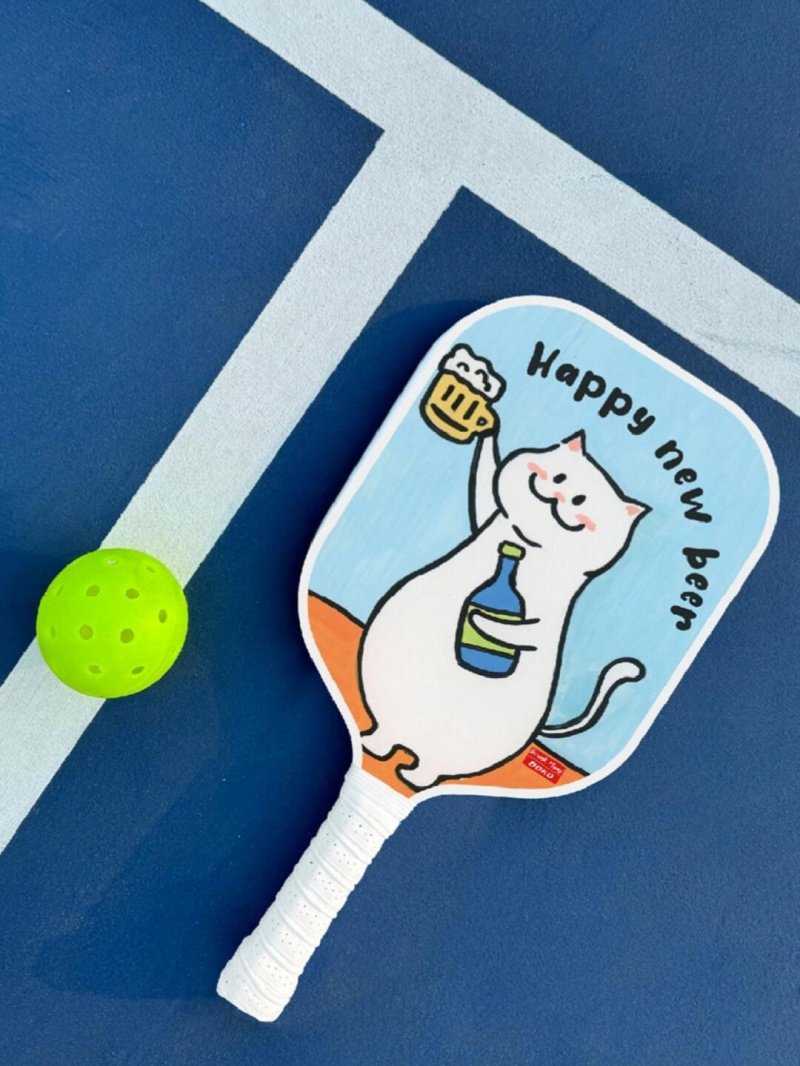
Struggling to choose the right pickleball ball? Many players feel confused by the variety of options available.
The most preferred pickleball balls offer consistent bounce, durability, and optimal performance for different playing conditions.
Let’s break it all down so you can pick the right ball with confidence.
What are the most used pickleball balls?
With so many brands and models, it's hard to tell which balls players actually prefer most on the court.
Onix Dura Fast 401, Franklin X-402, and CORE3 are among the most commonly used pickleball balls across all levels.

Indoor vs Outdoor Popularity
The type of ball depends heavily on where you’re playing. Indoor and outdoor balls have different constructions.
| Type | Popular Models | Key Features |
|---|---|---|
| Indoor | Jugs, Franklin X-26 | Softer plastic, fewer holes (26)4 |
| Outdoor | Onix Dura Fast 40, CORE | Harder plastic, more holes (40) |
Factors Driving Popularity
- Durability: Players prefer balls that last longer, especially outdoors.
- Consistency: Bounce and flight patterns matter during gameplay.
- Availability: Balls used in major tournaments become standard in many clubs.
I’ve noticed in my network that Franklin and Dura remain top picks because they strike a balance between playability and price.
What balls do professional pickleball players use?
Professional players need balls that perform well under pressure and provide a reliable experience during tournaments.
Most professional pickleball players use the Onix Dura Fast 40 ball during competitive tournaments.

Why Pros Choose Dura
- Tournament Standard: Dura is used in most pro-level events.
- Faster Pace: The hard plastic allows for speedier rallies.
- High Visibility: Bright yellow helps in tracking the ball easily.
Other Brands Used by Pros
| Brand | Model | Used In |
|---|---|---|
| Onix | Dura Fast 40 | PPA5, APP, Major Tournaments |
| Franklin | X-40 | Some amateur competitions |
| Selkirk | Pro S1 | Trials, Club matches |
The preference for Dura isn't just hype—it’s based on consistency and how the ball responds on the court. If your goal is to train like a pro, it's smart to get familiar with these.
Is there a quality difference in pickleball balls?
Many people assume all pickleball balls are the same, but they’re not.
Yes, quality varies based on durability, bounce consistency, material, and manufacturing process.

Key Differences in Quality
Let’s look at how top-quality balls differ from budget options.
| Quality Factor | High-Quality Ball | Low-Quality Ball |
|---|---|---|
| Material | Durable, high-grade plastic | Soft or brittle plastic |
| Bounce Consistency | Stable, uniform | Inconsistent or erratic |
| Shape Retention | Holds shape after impacts | Warps easily |
| Seam Quality | Seamless or strong seams | Weak seams prone to split |
What I’ve Learned from Manufacturers
From my experience working with factories, it’s clear that better raw materials and more precise molding techniques lead to longer-lasting, more consistent balls. Investing in a good ball might seem minor, but it significantly impacts gameplay quality.
What is the difference between yellow and green pickleballs?
You’ve probably seen both yellow and green balls and wondered if color matters beyond aesthetics.
Yellow pickleballs are more commonly used due to better visibility, while green balls are used mainly for indoor play or preferences.

Color Visibility and Usage
Color choice is more than just personal taste—it's about visibility and context.
| Color | Visibility (Outdoor) | Visibility (Indoor) | Common Usage |
|---|---|---|---|
| Yellow | High | Good | Tournaments, clubs |
| Green | Medium | High | Indoor courts |
Why Yellow Dominates
- Standardization: Most tournaments choose yellow for uniformity.
- Eye Tracking: Easier to follow against blue or dark backgrounds.
- Weather Considerations: Yellow remains visible in various lighting.
I've tested balls in many settings, and yellow consistently performs better outdoors. However, in well-lit indoor gyms, green balls are just fine.
Conclusion
Choose balls based on play setting, durability, and visibility. Pros prefer Dura, but quality and consistency matter most overall.
-
Learn why Onix Dura Fast 40 is favored for its speed and durability. ↩
-
Understand the balanced performance of Franklin X-40 in various conditions. ↩
-
Discover how CORE offers reliable performance in different play settings. ↩
-
Understand how the number of holes affects ball aerodynamics and performance. ↩
-
Explore what PPA stands for and its relevance in professional pickleball tournaments. ↩



